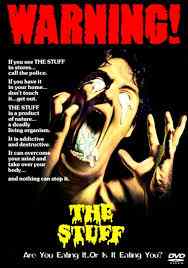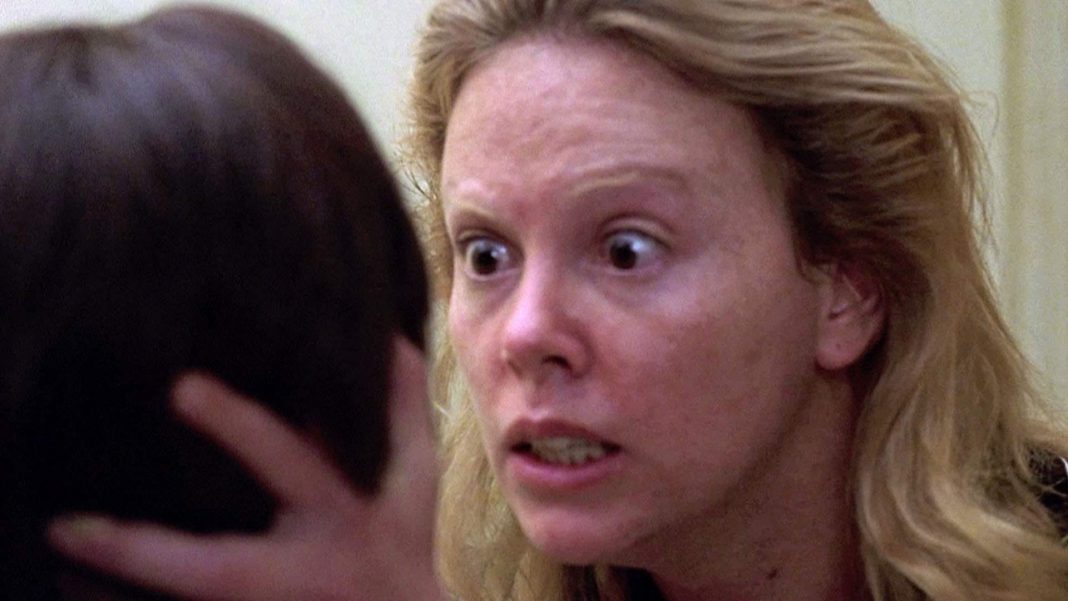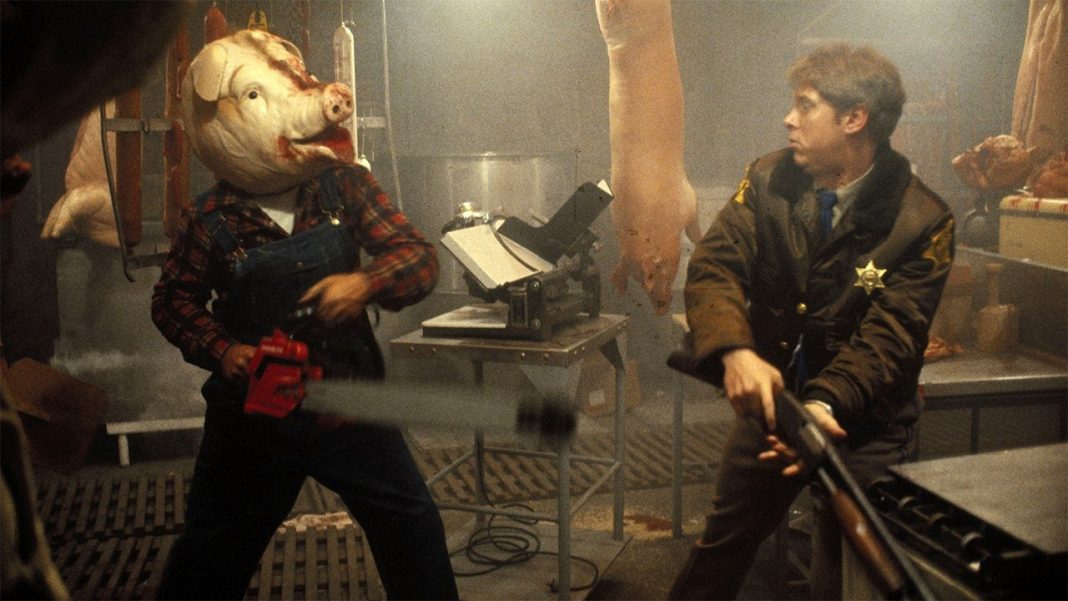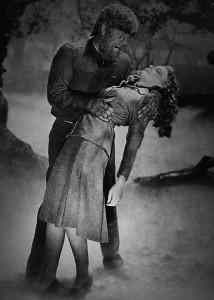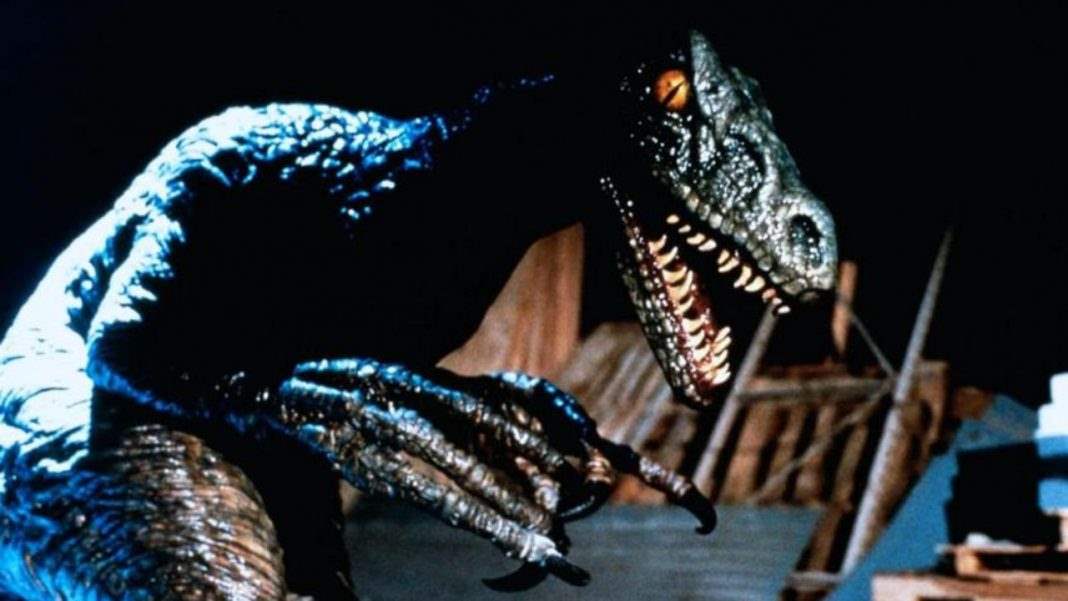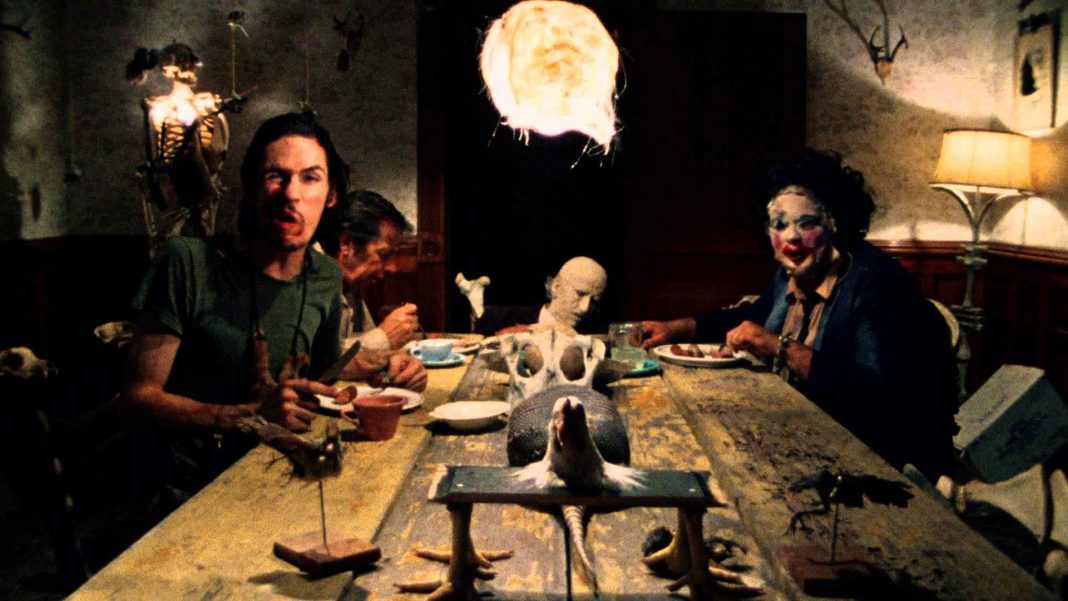Horror has always had a relationship with food, believe it or not. Even when not focused on food and the food industry, some of the most basic monster stories from vampires to zombies are about the dead consuming the living. These sorts of tales have always been around. The earliest stories told around the campfire were about the fear of being eaten and, in those days especially, what people put in their bodies could prove harmful and often fatal.
One of the earliest movie statements about the nature of mass-produced food came in 1973’s Soylent Green. While it was not necessarily a horror film, it was a horrific moment, and remains an iconic one even now. It literalized the notion “You are what you eat” and may have unknowingly spawned a new sub-genre that focused not only on what people ate but the industry and politics of food in general.
Hot on the heels of Soylent Green came one of the biggest turning points in horror history, the movie that set the stage for all films to follow in a way we’re still trying to emulate today: Tobe Hooper’s The Texas Chain Saw Massacre. I’ve mentioned before that the feature is sort of a kaleidoscope of possible themes, where you can really see anything you want. But there have been a lot of noteworthy sources over the years that have examined Texas Chain Saw Massacre as a horror movie about the meat industry. It makes a lot of sense. These are cannibals forced to take action after the economy dries up and they can’t provide for themselves with cattle anymore. There’s a lot of talk early on about a local slaughterhouse where Leatherface apparently works. We see a lot of shots of the cattle as the characters happily drive along, unaware that they are soon to meet the same fate.
People frequently say, even now, that Texas Chain Saw Massacre was the movie that made them a vegetarian. I can sort of see that, considering that what the film does is essentially give a voice to the cattle by having humans systematically go through the traditional slaughterhouse experience. They’re trapped, then butchered, then treated and finally cooked. It’s almost like a PETA propaganda film, if you look at it from that perspective.
 Things only got more obvious and overt from there, as moving into the 1980’s we had Motel Hell. Despite its title, it’s a much closer movie to Texas Chain Saw Massacre than to Psycho. This one’s about Farmer Vincent, who makes the best smoked meats in the county, if not the state. Nobody knows the secret of his meat, but everybody loves it. The meat, of course, is people. Much more plainly than Texas, these people are prepared just like cattle. He makes a successful, thriving business out of killing human beings. For Farmer Vincent, meat is literally murder. We explicitly see him treat his victims like cattle, as they are confined and fed for days before they are actually killed and cooked. This one was a much clearer and intentional dark satire on the meat industry, not necessarily from a vegetarian standpoint as much as pointing out the absurdity of such a business and the way it is run. As Vincent is killed at the end, he utters the appropriate deathbed confession, “I used preservatives.”
Things only got more obvious and overt from there, as moving into the 1980’s we had Motel Hell. Despite its title, it’s a much closer movie to Texas Chain Saw Massacre than to Psycho. This one’s about Farmer Vincent, who makes the best smoked meats in the county, if not the state. Nobody knows the secret of his meat, but everybody loves it. The meat, of course, is people. Much more plainly than Texas, these people are prepared just like cattle. He makes a successful, thriving business out of killing human beings. For Farmer Vincent, meat is literally murder. We explicitly see him treat his victims like cattle, as they are confined and fed for days before they are actually killed and cooked. This one was a much clearer and intentional dark satire on the meat industry, not necessarily from a vegetarian standpoint as much as pointing out the absurdity of such a business and the way it is run. As Vincent is killed at the end, he utters the appropriate deathbed confession, “I used preservatives.”
Moving further into the 1980’s, we have a cheesy B-Movie that may nonetheless be the greatest horror film ever made about the food industry: The Stuff. Larry Cohen’s feature is a slam on the intense, over-the-top consumerism of the decade. It only makes sense to have such an over-the-top movie to make a statement about it. The Stuff is the number one product in everyone’s home. It looks like marshmallow fluff and is somewhere between yogurt and ice cream, with absolutely no calories so you don’t have to feel guilty eating it. And like its commercials say, “Enough is never enough!”
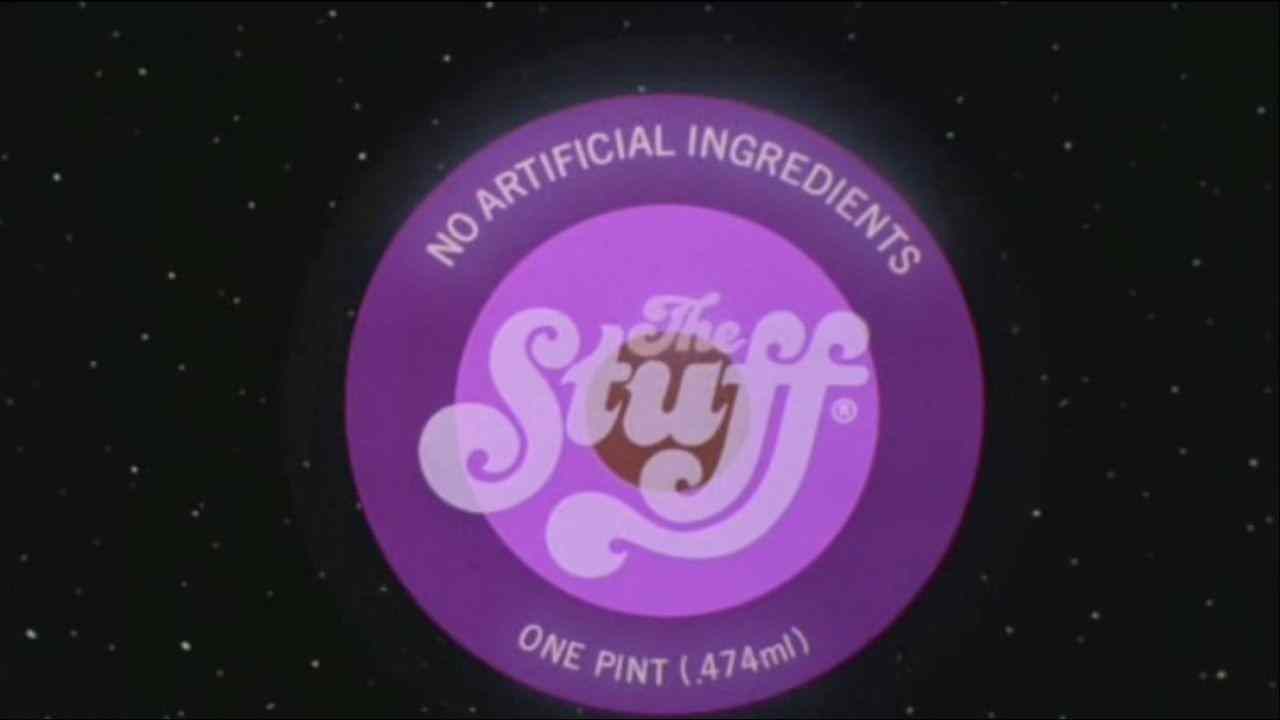 What it is, of course, is an alien. It takes over the mind and destroys the body from the inside out, like a weird cross between Invasion of the Body Snatchers and The Thing. It’s a competent, smart and funny take on the rising empire of processed foods that is still perfectly relevant.
What it is, of course, is an alien. It takes over the mind and destroys the body from the inside out, like a weird cross between Invasion of the Body Snatchers and The Thing. It’s a competent, smart and funny take on the rising empire of processed foods that is still perfectly relevant.
As the ‘80’s wore on and into the early ‘90’s, we got movies like the Killer Tomatoes franchise, Parents and Auntie Lee’s Meat Pies which all explored some of the above themes in creative and interesting ways. In 1987 came Peter Jackson’s Bad Taste. Made for a budget of practically nothing, Bad Taste is about aliens who come to earth to harvest humans for their intergalactic fast food franchise. It’s irreverent and low-brow, but funny and smart at the same time. It never takes itself too seriously and is absurdly entertaining. It’s the kind of film Peter Jackson used to make, before being claimed by the Lord of the Rings franchise.
Maybe one of the most surprising food industry horror movies, as we enter the 1990’s, is Carnosaur. Long thought of as Roger Corman’s answer to Jurassic Park, which it was released only a few months after, it was actually based on a book written nearly a decade before Chrichton’s novel. But Carnosaur is less about the fears of genetic engineering and more about the rise of genetically modified food, which was just taking off at the time. These dinosaurs are birthed by being spliced into chicken cells. There’s a great scene in which a woman cracks an egg, which produces a black slimy mess. Disgusted, she cracks another and reveals a dinosaur fetus inside.
In more recent years, we’ve had horrifying documentaries like Food, Inc. and movies like Bitter Feast and Poultrygeist. Out of any movie about the concept and business behind food, Poultrygeist is probably the least subtle. It’s a masterwork of bad taste in the Troma tradition, but it has a very obvious point to make at the same time. With surprisingly positive reviews from Entertainment Weekly and The New York Times, it’s a pseudo-zombie comedy/fast food horror about people trapped inside a fried chicken restaurant built on top of an Indian burial ground, serving chicken that turns people into zombies.
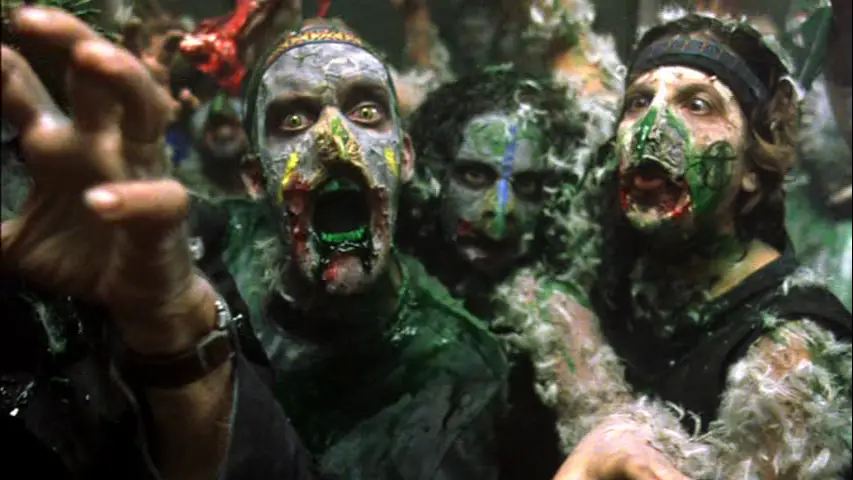 Made around the same time as Poultrygeist, Bitter Feast is a horror movie made to cater to the foodie crowd. It’s a psychological thriller about a chef who is pushed over the edge by a food critic’s scathing review. He kidnaps the critic, drives him into the woods and forces him to stay there until he can cook the perfect dinner. It’s a disturbing film, but funny at the same time.
Made around the same time as Poultrygeist, Bitter Feast is a horror movie made to cater to the foodie crowd. It’s a psychological thriller about a chef who is pushed over the edge by a food critic’s scathing review. He kidnaps the critic, drives him into the woods and forces him to stay there until he can cook the perfect dinner. It’s a disturbing film, but funny at the same time.
These movies have hit the food industry from virtually every angle. From slaughterhouses and the treatment of livestock, to processed food and consumerism, to genetically modified foods, fast food and even food critics. Horror is often built on social commentary and for that reason if no other, it’s probably safe to say we’ll always have something in the genre dealing with what we put in our bodies and what kind of effect it might have on us.
